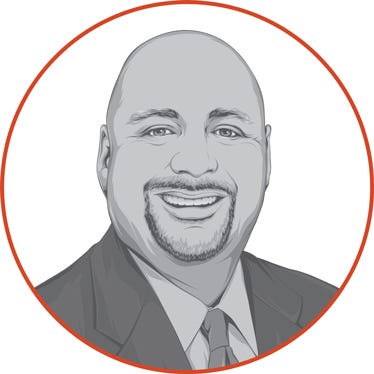
As farm leaders, we hold responsibility for the overall success of our farm businesses. That sounds like a pretty heavy statement – because it is! There’s a lot riding on the shoulders of the farm leader.
One thing that can help when we’re facing stress or anxiety related to our leadership responsibilities is to look at how far our operation has come, and how much we’ve grown personally and professionally as leaders. Basically, in order to know where you’re at right now, you must look back to the past.
What your operation was like – and what you were like as a farmer – in the past can provide a clear picture of what’s changed for the better, how you’ve grown in leadership, as well as what’s still left to do.
Looking back – and forward
Plan to reflect and evaluate yourself and your operation regularly – not just in areas that first come to mind, such as growth in terms of size or revenue, but other areas like how much people in your operation are actively learning. Here are three areas to evaluate and use for future planning.
#1: Efficiency
Ask yourself: Is my operation more efficient across the board than it was ten years ago? How about five years ago? In what areas are we particularly better at being efficient? What brought about those gains? For example, maybe five years ago you became conscious about using inputs very efficiently and have been implementing new technology to achieve that.
You can also think about efficiency in terms of where you spend your time as the farm’s leader. You want to spend most of your time on activities that will provide your operation with the greatest potential return. Where do you spend your time on the farm now versus five or ten years ago?
#2: Agility
When your operation is agile, you’re ready to respond proactively to changes or challenges that impact your original plans. Agility needs to be built into all areas of your operation. Take stock of how your operation has done and is doing now.
Has our operation become more agile – compared to what it was like five or ten years ago? In what ways? How have we accomplished that? Pick one or two areas where you can work to build more agility into your plans. One very important area to consider are your marketing plans – and also the process you use for planning.
#3: Learning
When the people in a farm operation are actively working to learn more, they bring new ideas and perspectives to the farm that can be game-changers. This is true for you as the farm’s leader, too.
What have you and the people in your operation been learning? Make a list of the new things you and others have learned in the past five years, and how that has impacted your operation. If you want to increase the level of learning and new ideas in your operation, intentionally plan for how you will seek out new ideas and encourage others in your operation to do so.
For example, maybe you and your business partners or a few of your employees plan to attend a farm business seminar this coming winter together, or perhaps a more general business-related conference that’s outside of the ag industry.
Taking stock of where you’re at now in your operation by looking back to the past can be an eye-opening experience. You may find you’ve discovered a few areas you’d like to work on more – you can talk with one of our advisors for the farm about how to do that.
The opinions of the author are not necessarily those of Farm Futures or Farm Progress.
About the Author(s)
You May Also Like






